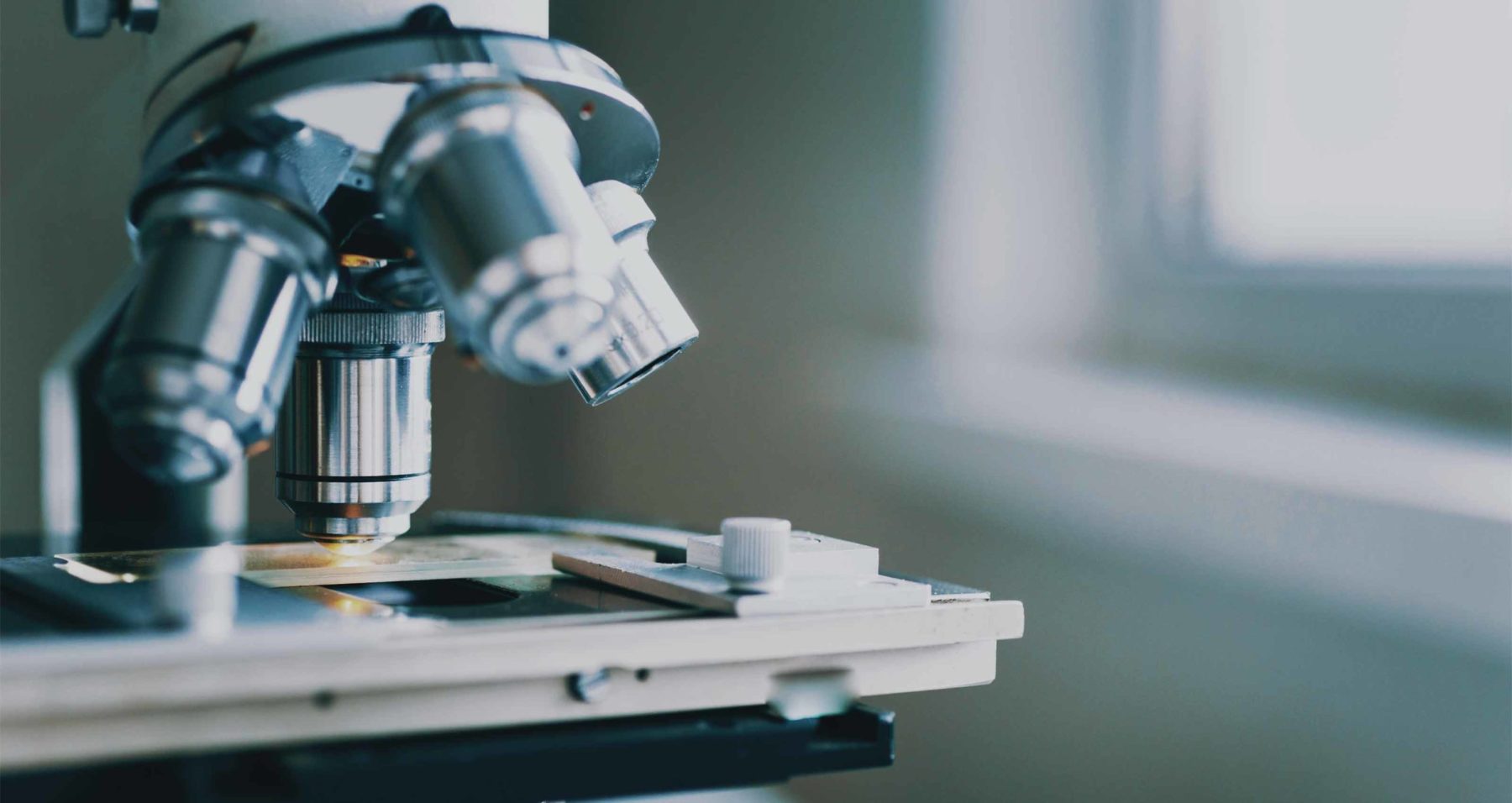The Scientist Behind Steripath

By Richard Patton, MD
While in training as a pathologist, I encountered a case of fatal anaphylaxis due to an antibiotic in a teenager. Autopsy findings showed no evidence of infection after microscopic examination. More recently, I became aware of a death due to Clostridium difficile infection 5 days after a hip replacement. The cause was a preoperative dose of an antibiotic for prophylaxis; antibiotic prophylaxis in this situation is not a standard of practice. These examples are rare but there is a lesson in both: Antibiotic treatment should not be given without a definite indication. Unnecessary antibiotic therapy is a product of blood culture contamination–a sloppy practice in medicine.
The lowest contamination rate demonstrated in the peer-reviewed literature using best practice phlebotomy techniques is only 1.13%, with most hospitals targeting a 3% rate. A national average has been estimated at 3.5%. While 3% may seem reasonable, this rate actually translates into over one million blood culture contaminations annually as there are approximately 30 million blood cultures taken each year.
As a physician I found this level of inaccuracy—and consequent patient harm—unacceptable. Yet as a pathologist, I understood why contamination occurs: the anatomy of skin makes it impossible to sterilize. Additionally, blood cultures are most commonly collected in chaotic, high-stakes emergency environments, where even the most highly-skilled phlebotomists have trouble perfectly performing the complex protocol required to collect aseptic blood samples that provide accurate results. It’s an unfair task assigned to healthcare providers, yet one that is urgent and critical to determine appropriate treatment for extremely ill patients suspected of sepsis.
I successfully conceived and patented a blood collection innovation—the Initial Specimen Diversion Technique (ISDT)—which proved to be an effective method for preventing blood culture contamination. The results of these trials were later published in the Journal of Clinical Microbiology, now considered the seminal peer-reviewed publication on the subject. However, ISDT alone is not enough. Manual diversion is still required, which does not eliminate the human error and touch point contamination factors, and the amount of diverted blood is often inconsistent. The need for a more reliable, practical, and sustainable solution remained.
In 2006, I crossed paths with Greg Bullington, a healthcare industry veteran who had witnessed similar diagnostic challenges in other fields of medicine, including oncology. Our shared concern for patient safety and commitment to creating a solution that dramatically improved specimen integrity, accurate culture results, and patient care was surfaced immediately—and the seeds for Steripath were planted.
Over the years we have worked to incorporate ISDT into an elegant, intuitive Initial Specimen Diversion Device (ISDD)—saving hospitals time and money, while significantly improving patient safety, care, and experience. What began as a passion project is now a game-changing solution that achieves unprecedented results. Hospitals using Steripath experience an average of 90% decrease in contamination—virtually eliminating false positives.
Learn more about how Steripath improves patient safety and care.
About the Author
Richard Patton, MD
Dr. Patton is a board-certified pathologist with more than 40 years of active practice experience. He was the Chief of Pathology and Medical Director of Clinical Laboratories at Northwest Hospital, Seattle, Washington for four decades, specializing in clinical microbiology, gastrointestinal pathology, and cytopathology. Recognizing the patient safety and financial implications of false positive blood cultures, he has long been interested in exploring opportunities to reduce contamination rates.